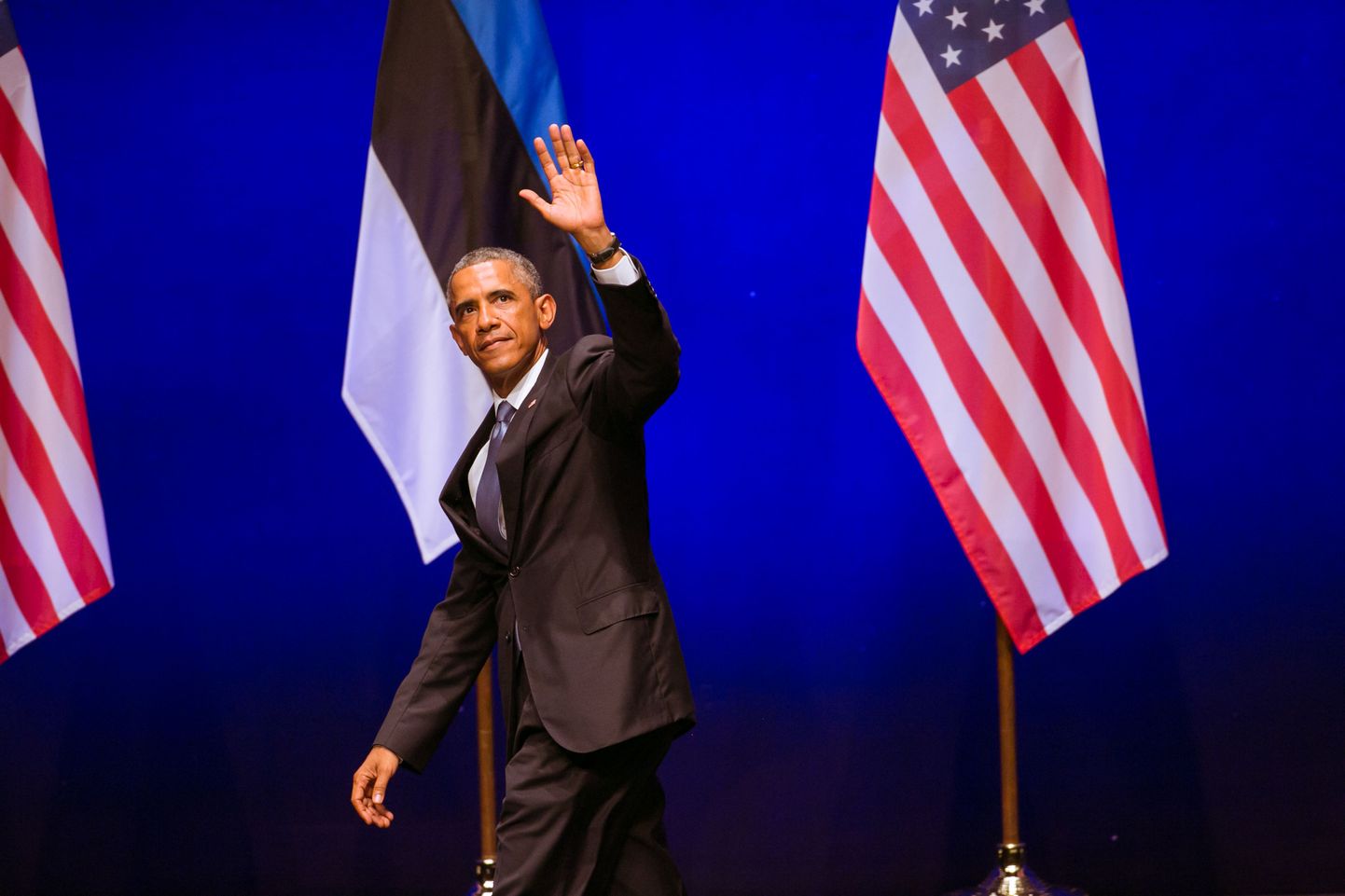The regional training centre will be at Ämari, in addition to the NATO Baltic air policing already based there. As early, as at the beginning of September, Headquarters of the Defence Forces explained that for the training centre to materialise, the infrastructure supporting Ämari air base needs expansion. Among other things, they talked about building extra accommodations and extensions to platforms and taxiways.
Mere ten months ago, any talk of such developments would have sounded like science-fiction. Debates arose even around much smaller changes – by now executed. When there was the talk that the NATO fighters policing the Baltic skies might, in addition to Šiauliai base, from time to time also nest at the modern Ämari, the Lithuanians were offended.
«For years, Estonian defence ministry toiled hard for the ultra-modernised air base, in large part for other NATO states’ money, be taken into active use. Mr Putin «solved» the problem in a few days, cutting the Gordian Knot of Lithuanian resistance, and soon we had so many planes here the airfield run out of parking places,» Kalev Stoicescu wrote in the journal Diplomaatia, in September.
Indeed: while for years the Moscow rhetoric featured complaints about NATO’s increased military presence at Russian borders, we in Estonia know the reluctance towards actual placement of troops, and even the definite defence plans regarding the Baltics and other Eastern states in Central Europe were only drawn some few years ago. Even the Kremlin attack against Georgia in August 2008 was an alarm bell too quiet for NATO family.
The developments went into a faster gear only after Russia moved to take Crimea, on February 27th, annexing the peninsula and to this day sowing death and confusion in Eastern Ukraine. At the Wales summit of NATO, steps more definite were agreed on how to focus on NATO’s main task: collective defence.
Since spring, we have seen a string of actions by the allies to boost security in our region, and these are ever taking a shape more solid. All in the name of keeping some hot-headed aggressor from thinking to test the defence out – by attack.
